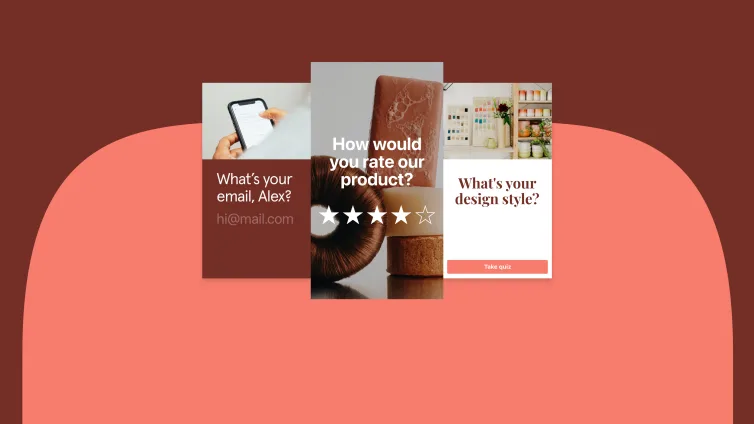We’re facing yet another recession. The aftermath of the pandemic, strained supply chains, and Russia’s invasion of Ukraine have led to soaring food and fuel prices. Now inflation is reaching a 40-year high and retail sales are already suffering. Unsurprisingly, everyone is tightening their belts.
When the economy starts to nosedive, businesses look to trim the fat—and the marketing budget is often the first to take a hit. This is especially true for small- to medium-sized businesses. But it’s not necessarily the best approach for surviving the hard times.
A business is only as strong as its customer base—the lifeblood of any company. Fail to keep your customers, fail to survive. Brands simply can’t afford to neglect (new and existing) customers—and that’s why marketing and customer experience have to stay on the agenda.
It’s not what you spend, but how you spend it
The decision to spend money on marketing during a recession is made more difficult by tighter online privacy rules and increasingly flawed attribution methods, both of which fail to adequately recognize the job that your marketing is doing.
Admittedly, it’s hard to blame businesses that are reluctant to spend—and acquiring new customers is an expensive marketing tactic. But who’s to say that customer acquisition is the right type of marketing to employ?
As we’ve established, surviving a recession relies on keeping your customers. But scaling the marketing budget back and doing little to engage and interact with people is exactly what will lead you to lose those customers.
In fact, research suggests that businesses who increase marketing spend during a recession are more likely to boost their market share and, critically, are better placed to bounce back after the recession has passed. A downturn can present an opportunity for growth—but only if you play it right.
So instead of minimizing budgets, you should be smart about your spending and actively focus on improving the customer experience—and to ultimately encourage retention.
Loyalty is getting (even more) personal
Brand loyalty isn’t what it used to be. During the pandemic, as many as 75% of consumers tried a new product. People no longer stick with what they know; they’re always on the lookout for a better product, service, and/or experience.
The cost of living crisis and threat of a recession will only make keeping your customers’ attention harder. But what can you do to inspire loyalty? People want a better experience, but what does better look like?
In our connected, data-driven world, people are acutely aware of what’s possible with targeting. If you’ve got their data, they want to see you do something interesting (and valuable) with it. They’ve come to expect personalized experiences that are tailored to their needs.
Brands that deliver something personable and personalized (there’s a difference!) are more likely to attract—and keep—customers. According to a study by Twilio, 62% of consumers this year said that a brand will lose their loyal customer base if they fail to deliver personalized experiences—that’s up nearly 20% from 2021.
It’s clear that now is the time to double down on personalization. But while everyone is saying it’s a priority, few businesses are doing it really well.
Find out more with a conversation
To pull off a successful personalized experience, you need data that reveals who your audience really is. What do they want? What do they need? And, crucially, how can your brand deliver it to them?
Getting hold of this information (often called first-party data) can feel like a challenge—but it doesn’t have to be. In fact, personalizing campaigns and targeting prospects is easier than it’s ever been. You just need the right tools to help you connect with your audience.
Take Typeform as an example. Our forms, quizzes, and surveys help you start conversations with your audience (in a personable way) and make it easier to find out what you need to know about them to create better (personalized) experiences.
Whatever specific goal your business has in mind, Typeform has a template to shape the conversation. Our Customer Feedback template allows you to nurture your existing customer base by asking them how they feel about your brand—and what they’d like to see more of.
Or if you want to attract new customers (without a hefty media spend), you can use our lead generation template to start a conversation.
Our tools can help you plan where to place your marketing, and how to get the most out of those interactions. Simply ask your customers where they discovered your brand and what channels they prefer. By going direct to the source, rather than relying on increasingly unreliable third-party data, you can focus your efforts more effectively.
There’s an added benefit to using Typeform to interact with customers. By focusing on beautiful design, Typeform creates a positive user experience that shows your audience you care about them, which, in turn, encourages them to open up. This helps your business deliver more competitive, personalized experiences that stand out in the market.







